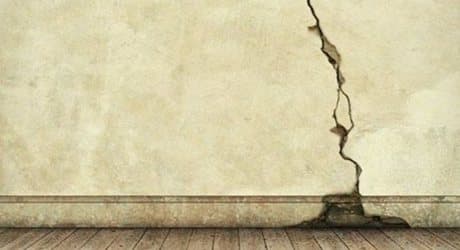Subsidence in London
Find out about subsidence in London: what it is, who can help you and how your London home may be affected.

Find out about subsidence in London: what it is, who can help you and how your London home may be affected.

Compare moving quotes in 4 simple steps